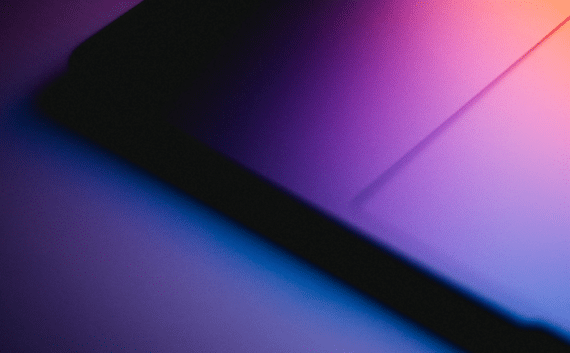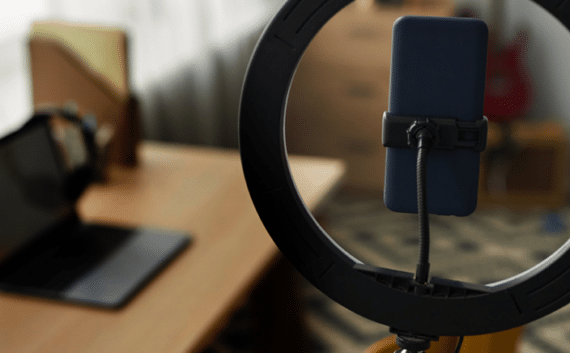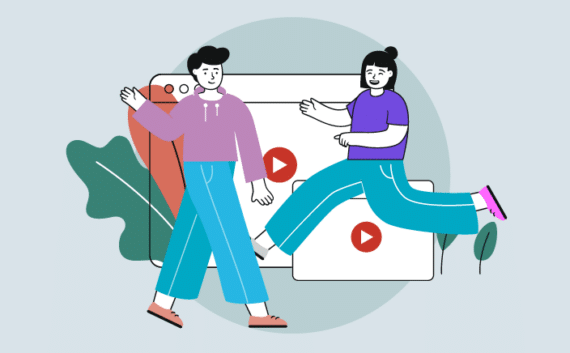
Before Mark Zuckerberg announced the launch of Meta Verified, the process to obtain the exclusive blue badge was somewhat opaque. As a result of the subscription-based service, acquiring the highly sought after verification badge (along with its status) has become more transparent, and the symbolic significance has been redefined.
What is ‘Meta Verified’?
Mark Zuckerberg, CEO of Meta, announced a new subscription service in February 2023, Meta Verified. As a result, Instagram and Facebook users can acquire the highly sought-after blue verification badge on their account. Meta Verified offers subscribers enhanced protection against impersonation attacks with proactive monitoring and direct access to customer support. With improved visibility and reach, users will rank higher in search results, recommendations, and comments on other posts. As an added incentive, Meta is offering exclusive stickers for Facebook and Instagram Stories and Facebook Reels, and 100 free stars every month on Facebook to support other creators.
When purchased via the company’s iOS apps, Meta Verified will cost $14.99 AUD per month, while it will cost $11.99 AUD per month via the web. iOS and Android subscribers pay different prices to reflect the cut Apple and Google take when ordering through the app instead of the website. Some users claim that these services should be free – which begs the question, are social media platforms becoming too “pay-to-play”?
Twitter Blue and Snapchat Plus vs Meta Verified
The launch of Twitter Blue in November 2022 was disastrous (to say the least), with subscribers abusing the paid verification service by impersonating the accounts of companies and celebrities. Twitter’s Blue service was subsequently paused and relaunched in December 2022 with more stringent impersonation measures in place. As part of the Twitter Blue relaunch, Elon Musk CEO revamped the subscription service to offer a range of features, including the iconic blue checkmark.
As of mid-January, approximately 180,000 U.S. users have subscribed to Twitter Blue, accounting for less than 0.2% of Twitter’s monthly active users; this represents 62% of Twitter’s worldwide subscriber total, suggesting there’s approximately 290,000 Twitter Blue subscribers worldwide. Following Twitter’s Blue expansion into over a dozen markets, including Asia and Europe, it’s estimated that Twitter Blue is generating an additional revenue of $2.4 million per month, or $7.2 million per quarter.
Snapchat’s subscription-based service, Snapchat Plus, launched last year. In addition to offering exclusive features like the ability to pin a friend as a BFF, exclusive badges, story rewatch counts, Snapchat web, and more, Snapchat Plus has amassed more than one million paying subscribers.
As Meta follows in Snapchat and Twitter’s footsteps – the question arises, is the blue verification badge losing its original meaning across social media platforms? Historically the blue verification badge has been viewed as an elite and exclusive status symbol given to prominent figures and companies. Now that this feature has become available to everyone will this decrease the value of the blue verification badge?
Eligibility
Meta Verified requires an account holder to be 18 years of age or over and meet minimum activity requirements based on number and frequency of posts. Applicants must submit a government-issued ID that matches their Facebook or Instagram profile name and photo to ensure complete security. That, of course, raises the privacy implications of Meta possessing copies of government-issued identification. Currently, Meta Verified is in a test phase for Australian and New Zealand individual users, with plans to expand internationally soon. At this time, it isn’t available for accounts representing businesses and/or websites.
Currently, Meta Verified only supports users real name on their profile. Meta Verified users cannot change their profile name, username, date of birth, or photo once their profile has been verified. To update these details users will have to complete the Meta Verified subscription and verification application process again.
Already verified?
Do you already have a blue tick on Facebook and/or Instagram? Is this privilege now chargeable? No, it will remain free for those who have been awarded blue ticks for their notable presence on the platforms. However, Meta Verified will offer enhanced protection against impersonators and a broader reach. Despite the launch of the Meta Verified subscription service, Facebook and Instagram will continue to award blue ticks based on that notability for free.
Crisis in the ‘Metaverse’?
Apple’s stricter privacy measures on iOS have led to a decline in revenue for Meta due to the company’s limited ability to track users’ internet activity. As Meta hasn’t charged users for most of its services since its founding 15 years ago, the social media giant is almost entirely dependent on advertising revenue. With Meta Verified, the company could potentially generate a new revenue stream and reduce its dependence on advertising, effectively stabilising the company’s finances.
Due to Apple’s privacy measures, Meta is expected to lose over $10 billion in advertising revenue this year. A weakening economy and a softer advertising market is understandably nerve-wracking for tech companies like Twitter and Facebook. It comes as no surprise that Meta is seeking alternative revenue models at a time like this.
Meta has responded to this by expressing its intent to create a subscription service that will be beneficial for creators, businesses, and the larger community. As part of this plan, Meta is expanding access to verification and redefining the meaning of the verified badge. This will ensure that more people can trust the authenticity of accounts.
Want to know more about Meta Verified? Get in touch with NOUS at [email protected] or call us on 07 3003 0722.





